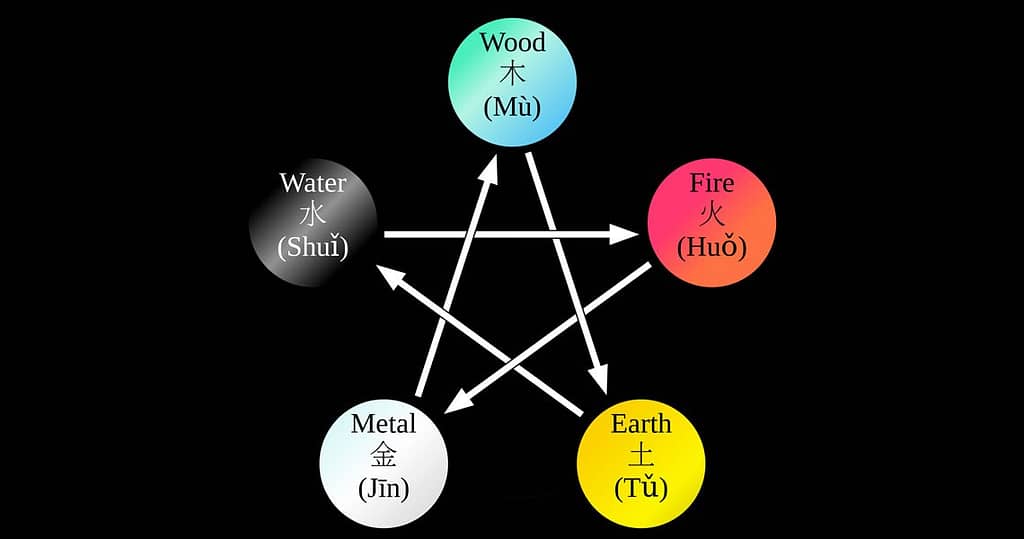Traditional Chinese Medicine (TCM) views the human body as a complex system of interrelated parts that must work in harmony to maintain health. Central to this view is the concept of balance or equilibrium, which underpins TCM’s approach to diagnosis and treatment. In TCM, balance is achieved through the interplay of yin and yang, two complementary forces that represent the fundamental principles of nature. Tonifying yang and tonifying yang within yin are two essential concepts in TCM that help to maintain balance and promote health.

What is Yang?
Before delving into tonifying yang and tonifying yang within yin, it is essential to understand what yang means. Yang is one of the two complementary forces that exist in the universe, the other being yin. Yang represents the active, warm, and expansive aspect of nature, while yin represents the passive, cool, and contracting aspect. Yang is associated with the sun, light, fire, and movement. Yang energy is necessary for physical and mental activity, metabolism, and the immune system’s function.
Yang in the Body
In the body, yang energy is responsible for warming the body, providing energy, and supporting circulation. When yang is deficient, the body may feel cold, lethargic, and have poor circulation. On the other hand, when yang is excessive, it can lead to hyperactivity, restlessness, and overheating. Yang is essential for maintaining the body’s balance, and any imbalance can lead to disease.
Tonifying Yang
Tonifying yang is a TCM technique used to restore balance when yang is deficient. It involves strengthening and nourishing yang energy to promote the body’s warmth, energy, and circulation. Tonifying yang can be achieved through various methods, including acupuncture, herbal medicine, and dietary changes.
One analogy used in TCM to describe tonifying yang is that of adding fuel to a fire. Just as adding fuel to a fire can make it burn brighter and hotter, tonifying yang can increase the body’s warmth and energy. Another analogy is that of a tree. In TCM, the kidneys are associated with yang energy, and it is said that the kidneys are like the roots of a tree. Just as the roots provide stability and nourishment to the tree, tonifying yang can provide stability and nourishment to the body.
Tonifying Yang Within Yin
Tonifying Yang within Yin is a fundamental concept in Traditional Chinese Medicine (TCM) that involves strengthening the Yang energy in the body while nourishing the Yin energy. One of the analogies used to explain this concept is that of a garden, where Yang represents the sun and Yin represents the soil. Plants require both sunlight and soil to grow, and similarly, the body needs both Yin and Yang to maintain health. When Yin is depleted, Yang alone is insufficient to restore balance and promote healing.
Another analogy used to explain Tonifying Yang within Yin is that of a river, where Yang represents the movement and flow of the river, while Yin represents the water itself. The body requires both Yin and Yang energy to maintain balance and vitality, and when Yin energy is deficient, Tonifying Yang alone is insufficient to maintain the body’s natural rhythm and energy.
Tonifying Yang within Yin is also likened to cooking a pot of soup, where Yang energy represents the heat source and Yin energy represents the water in the soup. If the soup is too cold, adding more heat (Yang energy) can warm it. However, too much heat can cause the soup to boil over and become unbalanced. Therefore, adjusting the heat source to provide just the right amount of warmth (Yang energy) to the soup (body) is crucial to maintaining balance.
Similarly, another analogy is that of a candle, where Yang energy represents the flame, and Yin energy represents the wax. If the candle is too small (Yin is excessive), it will not provide enough light (Yang). On the other hand, if the candle is too big (Yang is excessive), it will consume the wax too quickly and eventually burn out (Yin deficiency). Thus, it is essential to maintain a balance between Yin and Yang.
Tonifying Yang is like imagining a warm and bright sun shining down on a cold and dark winter day. The sun represents Yang energy, while the winter day represents Yin energy. Just as the sun’s warmth can melt the snow and bring life to the cold and dark winter day, Tonifying Yang can bring warmth and vitality to the body.
TCM offers various ways to Tonify Yang and Yang within Yin, including herbal remedies, acupuncture, and dietary adjustments. Herbal remedies for Tonifying Yang often include herbs such as Epimedium, Morinda root, and Cinnamon. These herbs are believed to warm and stimulate the body, promoting circulation and vitality. Yang within Yin tonics may include herbs such as Astragalus, Reishi, and Licorice root. These herbs are believed to nourish and strengthen the body’s Yin energy while providing a gentle boost to Yang energy.
Acupuncture is also commonly used to Tonify Yang and Yang within Yin. Acupuncture points that Tonify Yang include those located on the lower back, legs, and feet, associated with the kidneys and bladder meridians, which govern the body’s Yang energy. Acupuncture points that Tonify Yang within Yin may include those located on the abdomen and chest, as well as points associated with the spleen and stomach meridians.
Dietary adjustments can also be used to Tonify Yang and Yang within Yin. Foods that Tonify Yang include warm and spicy foods, such as ginger, garlic, and cayenne pepper. Foods that Tonify Yang within Yin may include foods that are rich in protein and healthy fats, such as eggs, nuts, and avocados.
In conclusion, Tonifying Yang and Yang within Yin are essential concepts in TCM used to balance the body’s Yin and Yang energies, promoting health and well-being. Through the use of analogies such as the sun shining on a cold winter day and adding honey to hot tea, one can better understand these concepts and their practical application through herbal remedies, acupuncture, and dietary adjustments.





